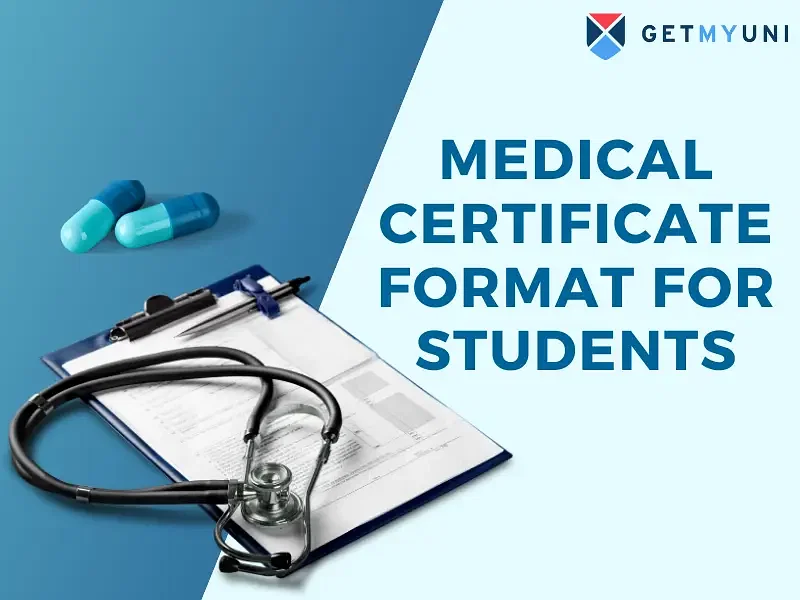The difference between curriculum and syllabus is that the curriculum consists of the entire course plan, design, teaching styles, and the number of classes to be conducted, whereas a syllabus consists of the topics to be covered in a given academic session.
The difference between curriculum and syllabus is that curriculum includes the course content, course design, teaching methods and timeline required to complete the course, whereas the syllabus is the list of topics to be covered in a given time-period. The syllabus is a part of the course curriculum.
Key Difference Between Curriculum and Syllabus
The difference between curriculum and syllabus is that the course curriculum is an overall structure of syllabus, teaching method, number of classes to be given to each topic, as set by the authorities of the boards and universities. It can be said to be a course plan that is to be followed by the schools and colleges under the boards and universities.
The syllabus, on the other hand, can be said to be a document in which all the necessary information about a course of study is outlined. The syllabus includes the complete list of topics that are to be taught in a given period of time. The students will take the exam based on the syllabus.
The table below highlights the key difference between curriculum and syllabus:
|
Curriculum |
Syllabus |
|
It is holistic in nature |
It is more detailed |
|
Includes the course as a whole |
Different for different subjects |
|
Comprehensive in nature |
Specific in nature |
|
Consist of the overall course structure |
Consist of a details on the topics |
|
Prepared by the authorities of boards and universities |
Prepared by the departments and teachers |
|
Includes the syllabus as a part |
It is a part of the curriculum |
|
It is constant for a single period of time |
It is subject to change frequently |
|
Covers pedagogy, content, and assessment |
Puts stress on the outcomes of learning |

Also Check: 10 Prioritization Techniques for Student Productivity
What is Curriculum?
A striking difference between curriculum and syllabus is that the curriculum includes not just the syllabus but also the number of classes to be devoted to each topic. Curriculum also includes teaching methods. The authorities at the boards and universities list down a set of instructions to be followed in the schools and colleges. There are four major divisions into which the curriculum can be classified. They are explicit curriculum, implicit curriculum, the excluded curriculum, and the extracurricular.
Curriculum is a Latin word which means race or the course of the race. The four divisions of curriculum are:
Implicit Curriculum: This division of curriculum is intrinsic in nature. This consists of the inherent culture and instructions given by the authorities in the school.
Explicit Curriculum: This division of curriculum includes the subjects that must be taught in the school or college and also the skills that must be learned by the students as a part of the school.
Hidden Curriculum: This division of curriculum is implied. It is not explicitly included in the curriculum of the boards or that of school. This curriculum is learned by the students over time by way of their being associated with the school or college in question.
External Curriculum: This division of curriculum includes the perspectives which are not included within the curriculum.
Also Check: 5 Advantages and Disadvantages of Online Education
What is Syllabus?
The difference between curriculum and syllabus is that the syllabus is primarily a document which consists of different topics that are allotted and needs to be completed within a given period of time. The curriculum is more abstract in nature. The syllabus for a given subject is constructed and determined by the board of education or the university for the college-level.
The syllabus is given to the students at the beginning of the academic session. It is given in a booklet form consisting of the topics to be covered in each subject within the curriculum. The purpose of setting a syllabus is to ensure that the students of a given class are going to learn all the topics that they should be learning at their age.
Exams are conducted based on the syllabi. The exams are conducted in the middle of the term as well as at the end of the term. The syllabus is divided into parts for the middle term and annual examinations.
Also Check: Skill Development Courses List for Students 2023
Advantages of Curriculum
One key difference between curriculum and syllabus is that the curriculum is not just limited to the course details for a particular class, but goes far beyond that to include other activities as well. The curriculum includes co-curricular activities as well. The advantages of curriculum are shared below:
- It maintains a continuity and coherence in the different courses.
- It helps the educational institutions to understand the efficacy and usefulness of the programs included in their educational plan.
- It looks forward to aligning the educational program with the objectives of the institution.
- Curriculums are often flexible in nature which allows flexibility of programs.
- It looks at the more distant goals making it more logical in terms of learning
Advantages of Syllabus
The syllabus is prepared by the teachers and departments in general, as opposed to the curriculum. The syllabus for a particular subject covers a number of topics to be covered throughout the academic session. The syllabus mentions topics and subtopics that are to be covered, in detail.
Given below are the advantages of the syllabus:
- The syllabus gives a clear understanding of the topics that the students need to cover in a given session.
- It helps the teachers in preparing strategies to cover the syllabus within the given period of time.
- It helps the students plan their time-devotion to each subject.
- The syllabus is divided for written exams, oral exams, and project works. So, the students can effectively plan their study strategies.
- The syllabus also contains the names of the books and reference books to be followed.
Also Check: 6 Coping Strategies For Student Mental Health










